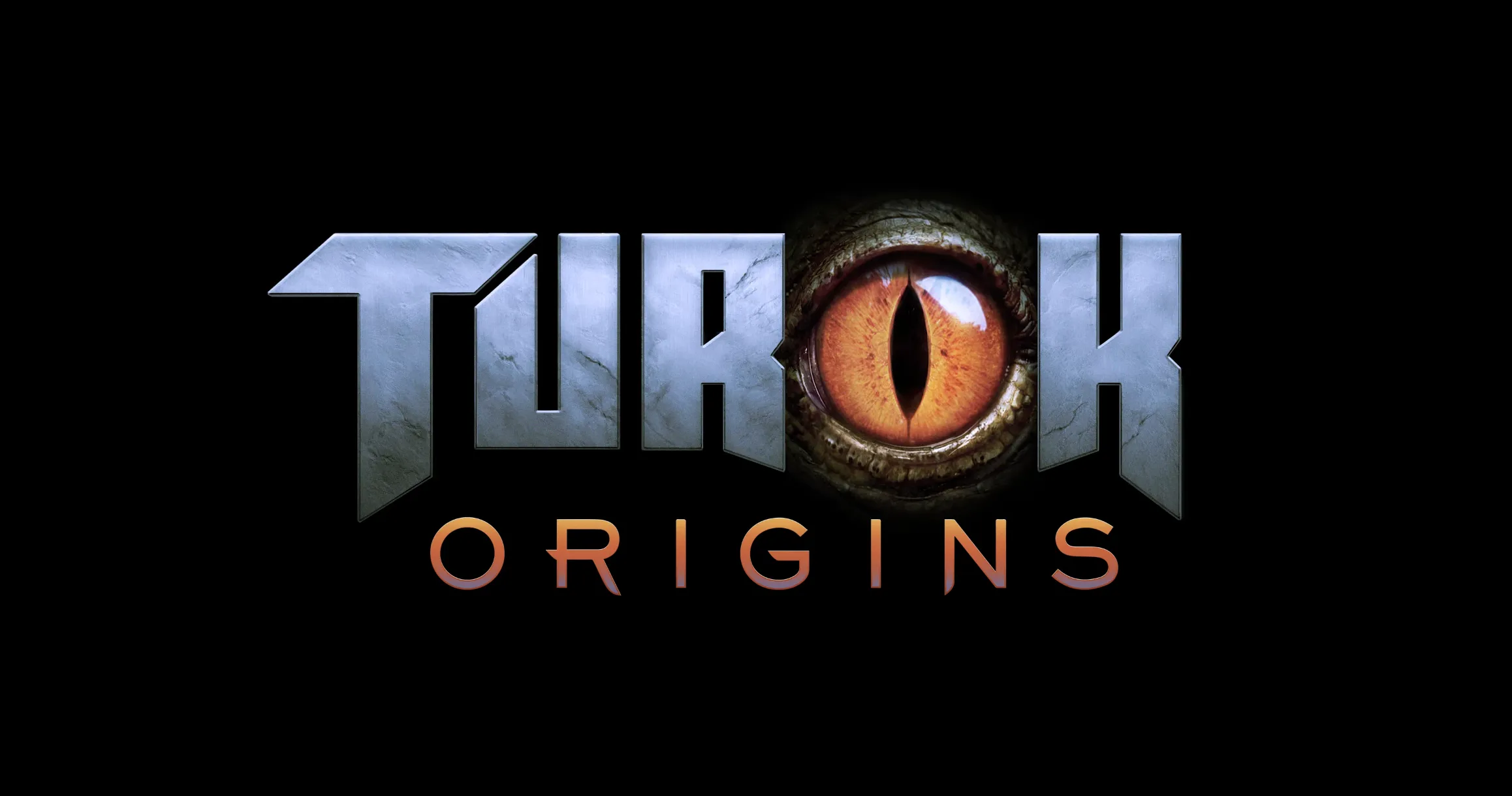
“The Void (2016)” is a throwback to a different era of horror—a time when grotesque monsters were made of latex and nightmares were born from cosmic dread, not jump scares. Directed by Jeremy Gillespie and Steven Kostanski, this Canadian indie horror film is a love letter to the likes of John Carpenter’s The Thing and Clive Barker’s Hellraiser, dripping with practical gore, cult terror, and a growing sense of existential doom.
The story opens with a bang: a wounded man stumbles into a rural hospital just before it’s about to close for the night. Officer Daniel Carter (Aaron Poole) brings him in, unaware that something unspeakable is already infecting the building. What begins as a routine night shift quickly descends into chaos as mysterious cultists in white robes surround the hospital, and patients begin to transform into inhuman horrors.
If it sounds familiar, that’s because The Void wears its influences proudly—but it also carves its own path by diving deep into Lovecraftian horror, where the enemy isn’t just a monster… but reality itself unraveling.
The film is not plot-heavy, and its characters are drawn with broad strokes, but what it lacks in depth, it makes up for in atmosphere. The hospital is dimly lit, filled with flickering lights and blood-slicked floors. The cultists—silent, faceless, ever-watching—are genuinely unnerving. And the creatures? Disgusting, creative, and 100% practical.
The directors, both with backgrounds in makeup and visual effects, leaned hard into practical creature design, and it shows. Grotesque hybrids of flesh, bone, and tentacles burst from human forms, evoking the body horror of The Thing and The Fly. It’s not always elegant, but it’s viscerally effective and disturbing.
Beneath the gore lies a story about grief, obsession, and rebirth. As it turns out, the hospital’s head doctor (Kenneth Welsh) has been attempting to transcend life and death using a cosmic force from “beyond the void.” His experiments have gone horribly wrong, opening a doorway to a dimension filled with ancient, incomprehensible terror.

The final act is a surreal descent into madness. As walls disappear and time collapses, characters are pulled into otherworldly planes—silent voids of blackness and pulsing red light, where existence seems to dissolve. The film ends ambiguously, with the suggestion that death may not be the end—but perhaps just another doorway to something worse.
The Void isn’t for everyone. It’s low-budget, occasionally clunky, and deliberately cryptic. But for horror fans who miss the tactile terror of practical effects, and for those who love stories where the universe itself seems hostile, this film is a nightmarish gem. It’s not about logic—it's about mood, madness, and monsters.



